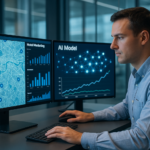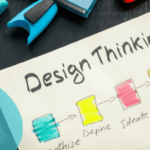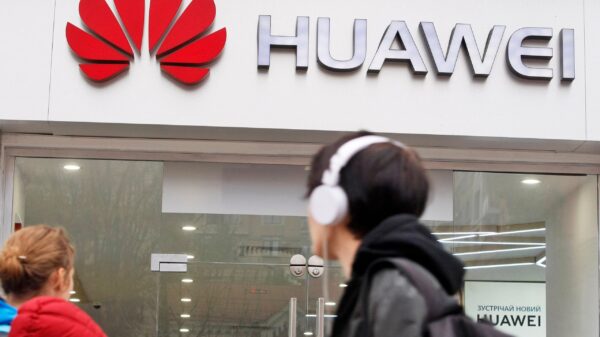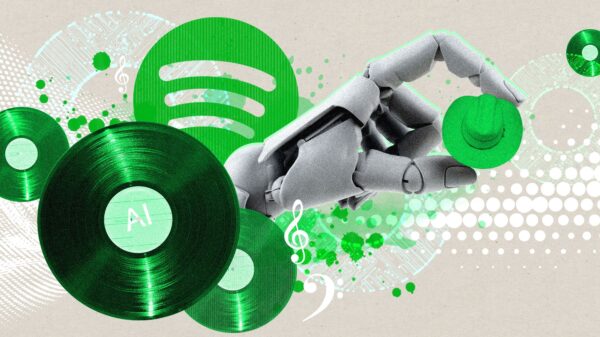The landscape of market research is evolving rapidly, driven by the integration of generative AI technologies. This evolution is equipping marketers with innovative tools to gain insights into consumer behavior more swiftly and cost-effectively. Companies are increasingly leveraging AI-generated personas and digital twins, enabling them to experiment with new concepts and forecast customer reactions without the delays or expenses associated with traditional surveys and focus groups.
According to a recent feature in Harvard Business Review, generative AI-powered simulation tools are projected to disrupt the $140 billion market research industry by 2026, as a growing array of firms in the U.S. and globally invest in these advanced simulation methodologies.
The authors of the piece—Jeremy Korst, Stefano Puntoni, and Olivier Toubia—highlight two pivotal AI technologies that are transforming the market research domain: synthetic personas and digital twins. Synthetic personas are AI-generated representations of customer segments, designed to encapsulate common traits and preferences. In contrast, digital twins are more intricate; they are virtual replicas of specific individuals, constructed from comprehensive survey data, past interactions, and behavioral patterns.
Accelerated Insights with AI Simulations
These AI tools serve as proxies for real customers, allowing companies to simulate reactions without relying on time-consuming traditional methods like surveys or interviews. Synthetic personas provide high-level insights, enabling marketers to discern trends and preferences across broader segments. Digital twins offer a more granular perspective, modeling individual behaviors for nuanced testing of marketing messages, pricing strategies, or product features.
The Harvard Business Review identifies two primary methodologies for utilizing AI-generated personas. In the top-down approach, a single AI-generated persona represents an entire customer group, providing a unified response to inquiries like optimal pricing. Conversely, the bottom-up approach generates a diverse virtual group of AI personas, each with unique characteristics, to mirror the natural variations found in real customer groups. This allows companies to analyze a spectrum of potential reactions, akin to what they would gather through conventional surveys.
Various industries are already experimenting with synthetic personas and digital twins to secure a competitive advantage. Analysts foresee the global digital twin market experiencing a staggering annual growth rate of up to 45%, potentially escalating from $13-$16 billion in 2023 to between $138-$195 billion by 2030. For instance, in the fast-food sector, chains can employ AI-generated customer profiles to evaluate new menu items, promotions, or store layouts before national rollout, thereby predicting which combinations will resonate with different customer segments.
Retailers are similarly utilizing these approaches to simulate shopping behaviors and enhance product placement, while streaming services are deploying digital twins to anticipate content preferences and viewer engagement. Even financial institutions are harnessing these tools to model client responses to new investment products or digital services. By conducting these virtual experiments, businesses can make data-driven decisions more swiftly and with reduced risk.
Individual Behavior Prediction through Digital Twins
Unlike synthetic personas that represent groups, digital twins zero in on real individuals. By gathering extensive information from purchases, surveys, or online engagement, companies can create a virtual version of an individual that closely mimics their behavior. These digital twins can participate in virtual surveys, answer questions in simulated interviews, or even engage in experiments as if they were the actual person.
This capability allows companies to test their ideas, anticipate reactions, and tailor offers at an individual level without direct involvement from the person concerned. As noted by Harvard Business Review, this method provides an unprecedented level of detail and flexibility that enables businesses to make faster decisions while still capturing the diversity of real customer behavior.
When combined with predictive algorithms, this data enables firms to anticipate customer decisions with remarkable accuracy. However, the use of such detailed consumer insights raises ethical concerns regarding privacy, inadvertent bias, and potentially manipulative marketing practices. The more intricate the model, the higher the risk of privacy breaches and ethical dilemmas, highlighting the need for careful navigation in this emergent landscape.
Digital twins are not merely theoretical constructs; they are already facilitating smarter business operations. According to a 2022 report by McKinsey, organizations that employ these virtual models can deploy AI applications 60% faster, reduce capital and operating expenditures by around 15%, and enhance overall efficiency by about 10%.
The integration of AI simulation tools is paving the way for a future where virtual replicas of individuals and processes guide marketing and sales decisions in real-time. While the advantages are significant—faster insights and tailored strategies—so too are the associated risks. As companies approach the brink of wielding nearly omniscient predictive capabilities, the critical question remains: when does strategic marketing transition into digital-age exploitation?
 AI Stocks Face Challenges as Market Valuations Exceed 200% of GDP Amid Investor Caution
AI Stocks Face Challenges as Market Valuations Exceed 200% of GDP Amid Investor Caution Kane Footwear Launches AI Character Yeti Boo to Drive Marketing for Recovery Shoe
Kane Footwear Launches AI Character Yeti Boo to Drive Marketing for Recovery Shoe AI and GEO Revolutionize Hotel Marketing: Boost Visibility and Drive Bookings
AI and GEO Revolutionize Hotel Marketing: Boost Visibility and Drive Bookings AI-Driven Email Design Boosts Engagement: Insights on Colors and Emojis That Convert
AI-Driven Email Design Boosts Engagement: Insights on Colors and Emojis That Convert













































































